Gate Layer:開啟高效能 Layer 2 與 GT 生態系統升級的新紀元
10/1/2025, 2:14:32 AM
新手
快讀Web3 基礎設施的新起點
區塊鏈逐步推進至更廣泛的實務應用,Gate 推出的 Gate Layer 不只是高效能的第二層網路,更同步優化 GT 代幣經濟,穩固其作為生態核心資產的價值。這次升級提供更快速的交易效率、更安全的基礎架構,為開發者及使用者提供穩定且低成本的環境。
Gate Layer:高效能第二層解決方案
Gate Layer 採用 OP Stack 架構,並以 Gate Chain 作為結算層,具備完整 EVM 相容性,開發者可直接移植現有 DApp,迅速切入 Web3 市場,有效節省成本與時間。
核心亮點
- EVM 相容性:支援 Ethereum 工具及應用,降低學習與開發門檻。
- 雙重安全機制:Gate Chain 主鏈結算加 GT 質押,提升網路穩定性。
- 高效能處理:TPS 高達 5,700 筆,區塊產生時間約 1 秒。
- 極低交易成本:相較主流第二層方案,費用更具競爭力。
- 跨鏈支援:內建 LayerZero,可自由轉移 ETH、BSC、Polygon 等資產。
成本優勢
在 Gate Layer 執行 1,000,000 筆交易,成本僅約 30 美元。相較之下,Base 需 700 美元、BSC 約 2,000 美元、Solana 則超過 1,000 美元。這項差異明顯突顯 Gate Layer 的費用優勢與市場競爭力。
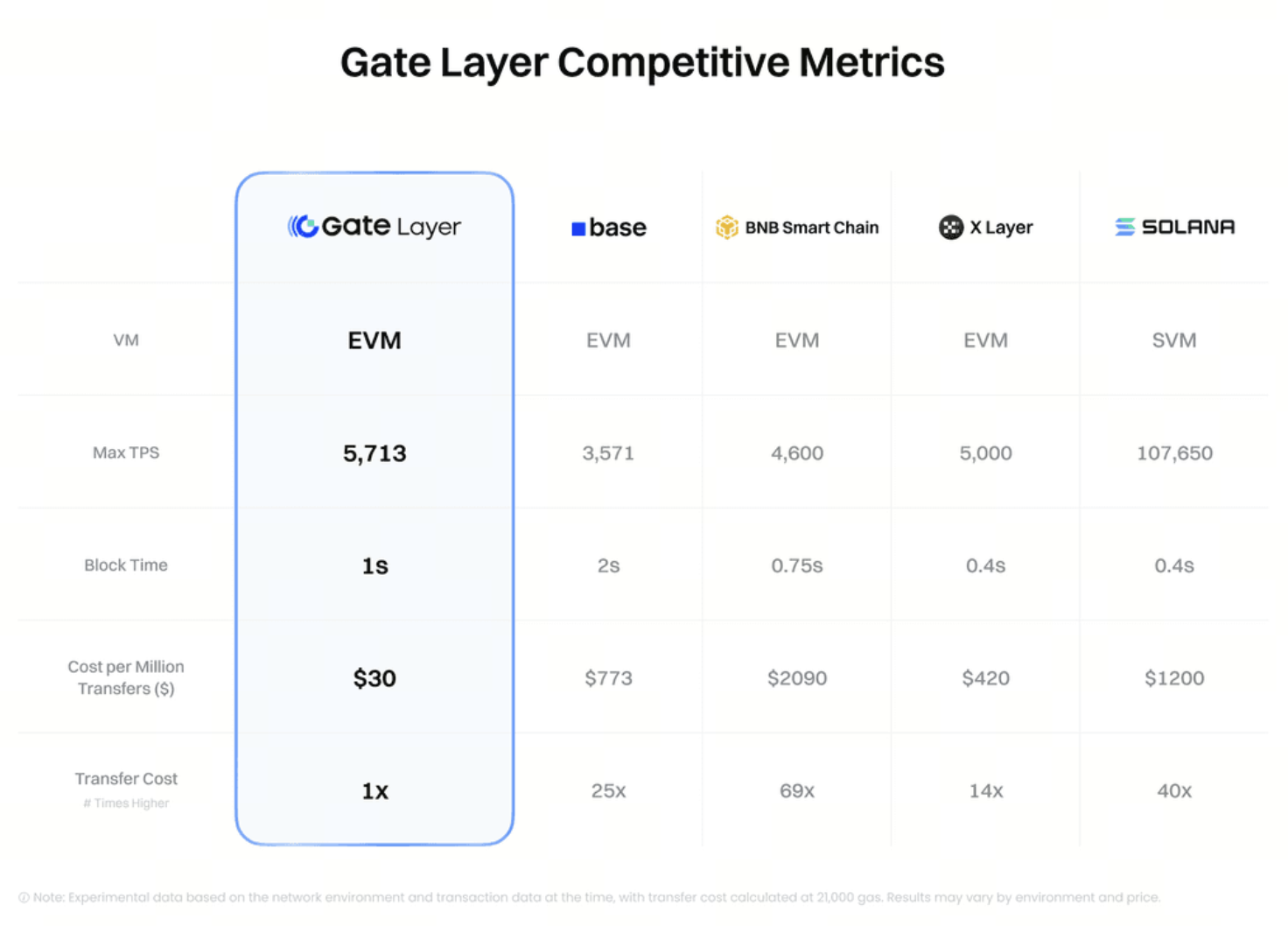
多元應用場景布局
Gate Layer 不只作為基礎設施,更逐步成為應用平台,將陸續推出:
- Perp:去中心化永續合約平台,結合深度流動性與高效率交易。
- Gate Fun:零程式碼代幣發行工具,協助專案快速啟動。
- Meme Go:跨鏈 Meme 幣交易與追蹤平台,支援 ETH、BSC、Solana 等多鏈。
GT 的全新角色與價值
Gate Layer 啟動後,GT 的應用價值也同步提升:
- Gas 代幣定位:智能合約、NFT 交易、跨鏈操作皆須使用 GT。
- 雙重通縮機制:
- 定期銷毀:截至 2025 年第 2 季,已銷毀 180,555,112 枚 GT,佔總量 60.18%。
- 鏈上燃燒:啟用 EIP-1559 後,交易基礎手續費自動銷毀,進一步提升 GT 稀缺性。
Gate Chain 技術升級
為因應更龐大的應用需求,Gate Chain 升級至 v1.20 共識版本,帶來多項進化:
- 支援 EIP-4844 Blob 交易,強化資料處理能力。
- EVM 升級至 Cancun 版本,與 Ethereum 同步。
- 完整支援 EIP-2565、EIP-2929 等多項協議。
- 優化 RPC 介面,新增 Blob 交易功能,提升開發者體驗。
總結
Gate 透過 Gate Layer 與 GT 升級,重新定義 Web3 基礎設施:低成本、高效率、跨鏈支援,並結合 GT 的通縮機制與應用價值,建構更具永續發展性的生態系統。未來,不論用戶或開發者,都能在此平台獲得優質體驗,推動 Web3 全面落地。
作者: Allen
* 投資有風險,入市須謹慎。本文不作為 Gate 提供的投資理財建議或其他任何類型的建議。
* 在未提及 Gate 的情況下,複製、傳播或抄襲本文將違反《版權法》,Gate 有權追究其法律責任。
相關文章
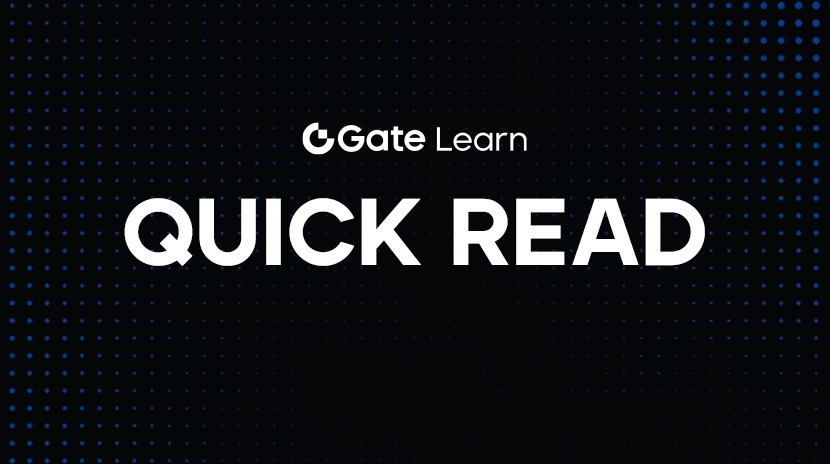
新手
黃金價格走勢:市場焦點轉向鮑威爾演說
投資人態度謹慎,受美元走強及加密貨幣現貨市場需求減弱影響。此外,市場也密切關注美國聯邦準備理事會主席鮑威爾在 Jackson Hole 會議上的最新談話。
8/21/2025, 8:20:53 AM
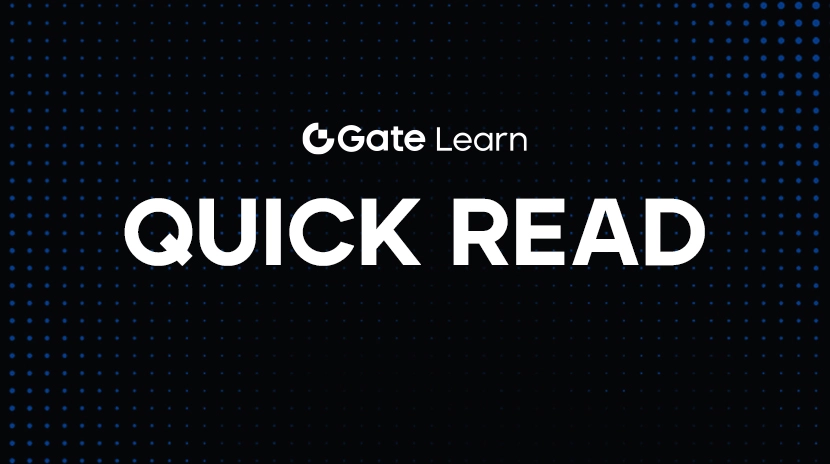
新手
新手必讀:2025 年最新美債 ETF 推薦及策略
美國國債ETF是新手投資人進行穩健配置的最佳選擇。本文結合最新殖利率變化及主流ETF之推薦,介紹多種不同期限的美國國債ETF,協助投資人快速入門並有效優化投資組合。
8/12/2025, 7:24:10 AM
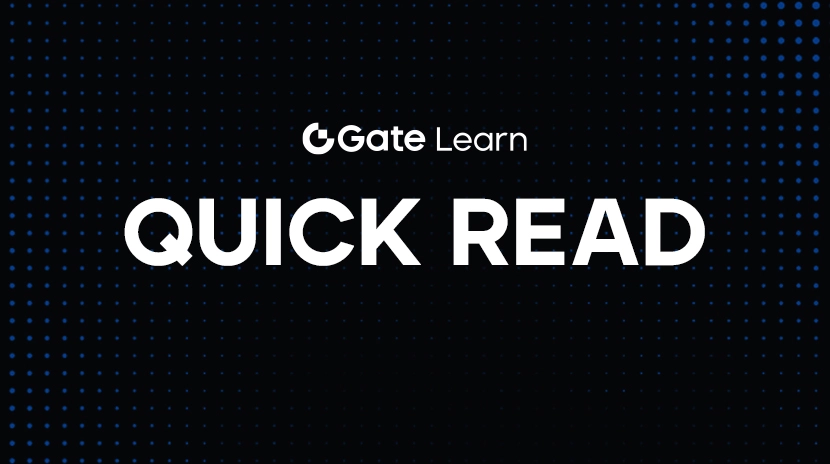
新手
Nasdaq 100 指數最新動態與投資策略
本文深入分析 Nasdaq 100 指數近期的市場動態。探討科技股引領的成長趨勢,並說明投資人如何善用 ETF 或個股把握機會,以達成穩健的投資目標。
9/15/2025, 5:50:31 AM
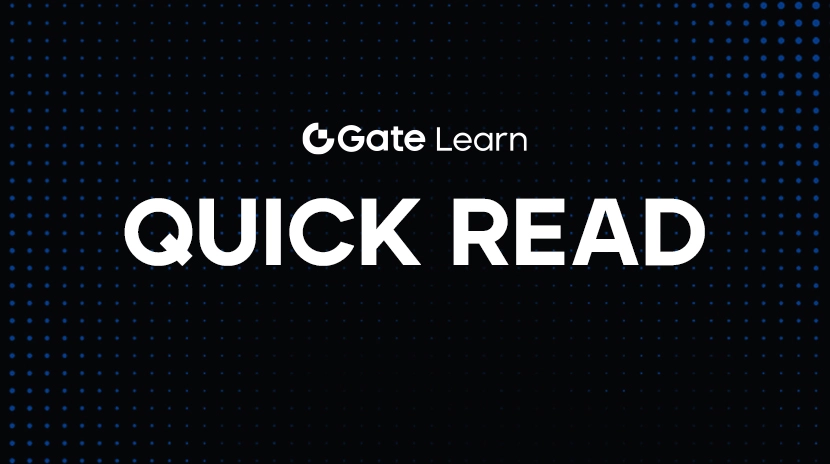
新手
2025 年房屋稅新制全方位解析—政策修訂重點及納稅人因應對策
2025 年房屋稅新制將於 2025 年全面實施,涵蓋稅率調整、試點範圍擴大及納稅人應對策略,以利全方位掌握最新稅務動向,以便有效規劃房產資產。
8/12/2025, 6:31:26 AM
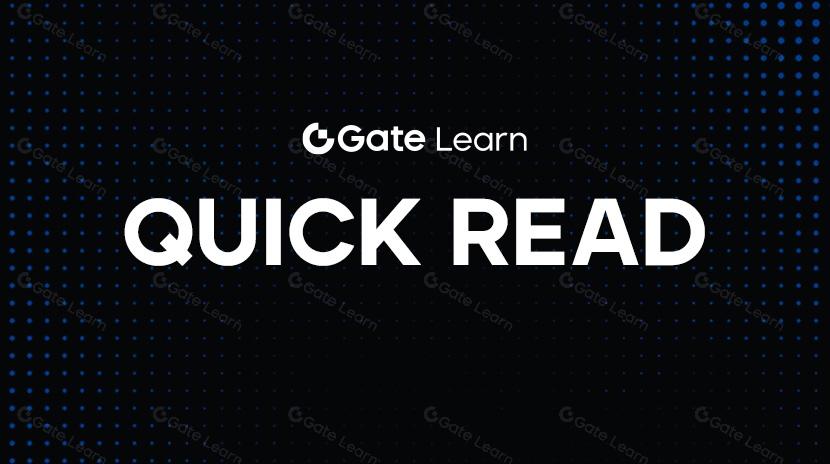
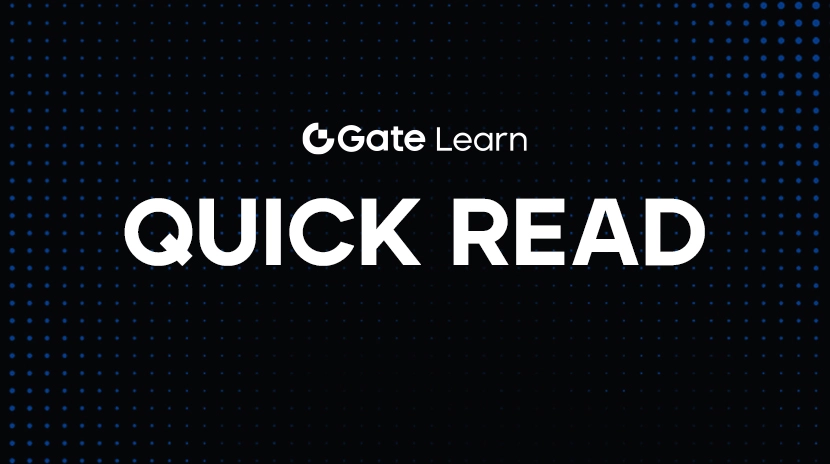
新手
穩定幣概念股 CRCL:高速成長後,正迎來面對競爭挑戰的關鍵轉折
部分投資銀行仍然看好 CRCL 的長期發展,認為CRCL在全球穩定幣市場具備領先地位,並且與 Coinbase 等主流交易所的密切合作,進一步帶動其持續成長。
8/21/2025, 8:43:33 AM